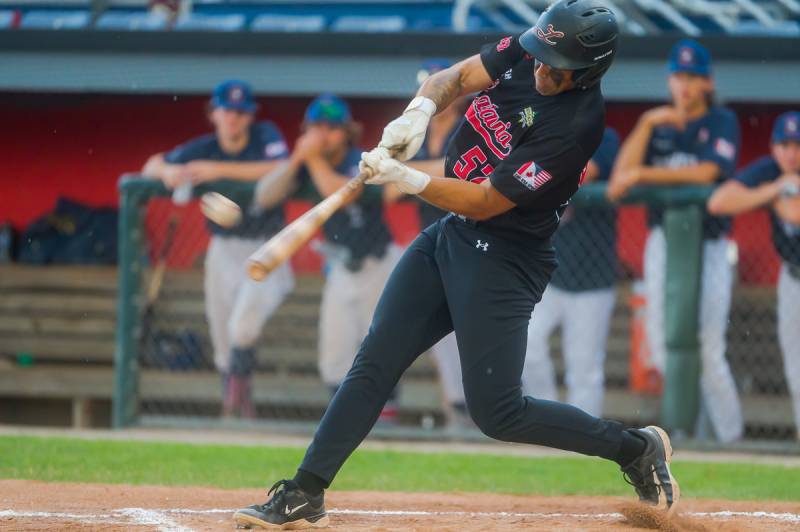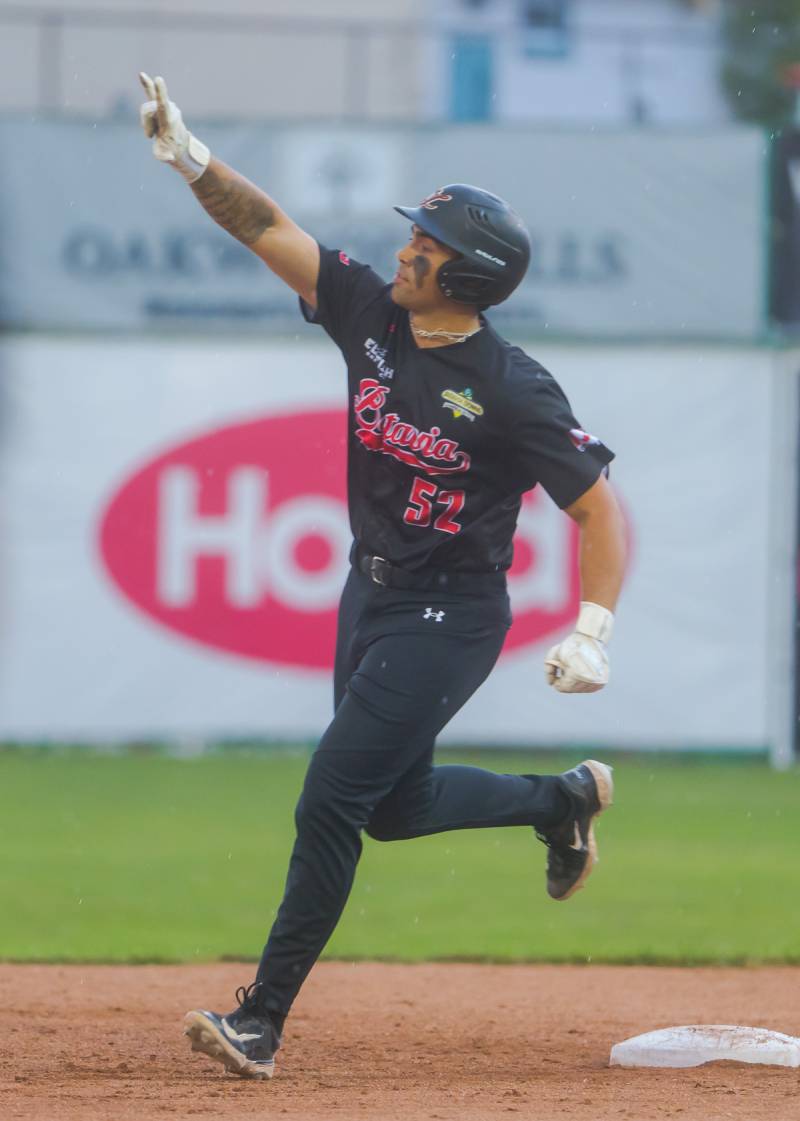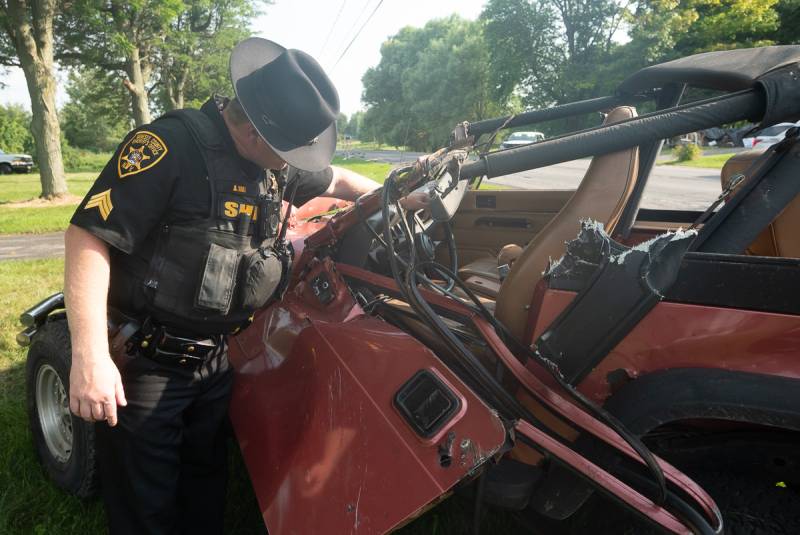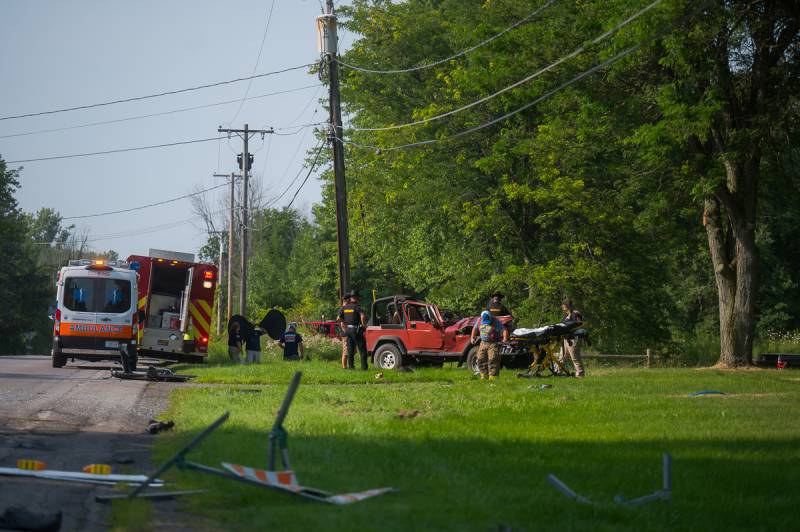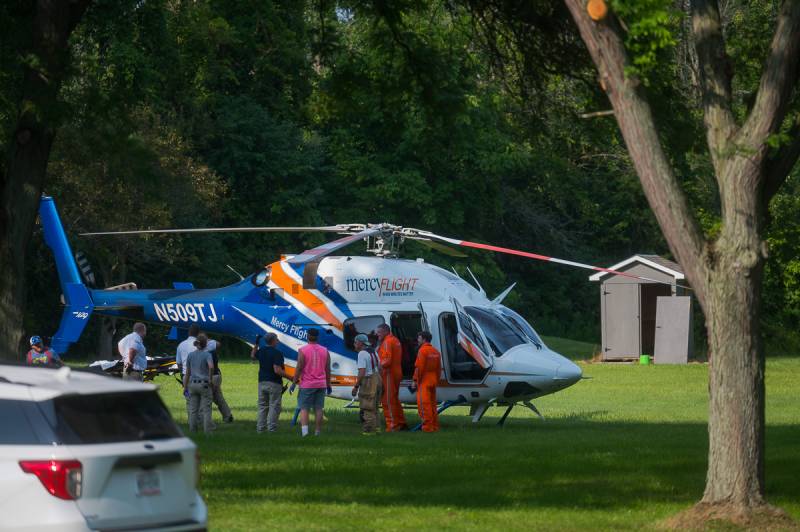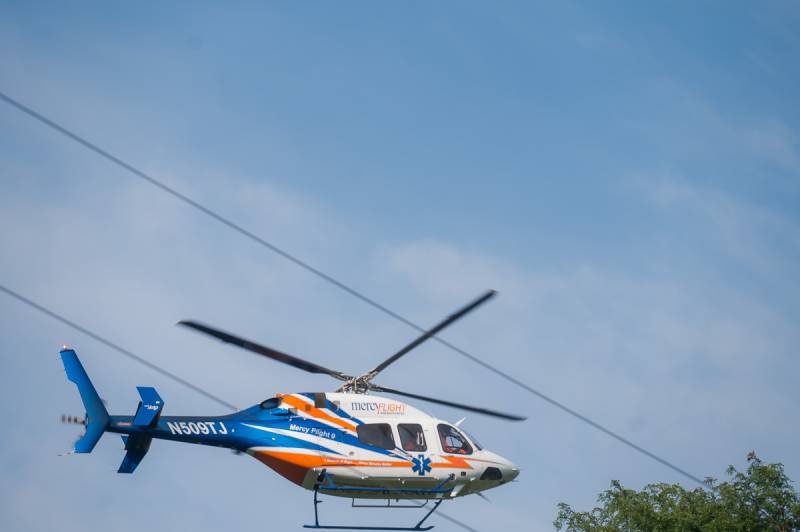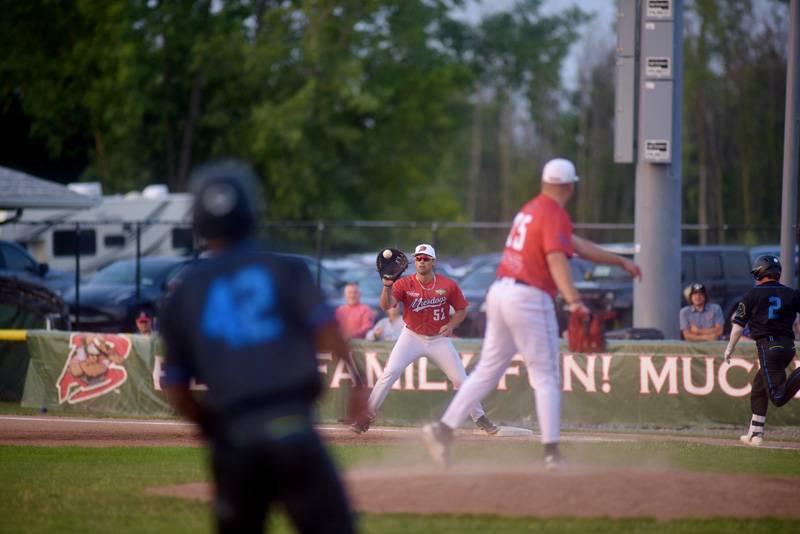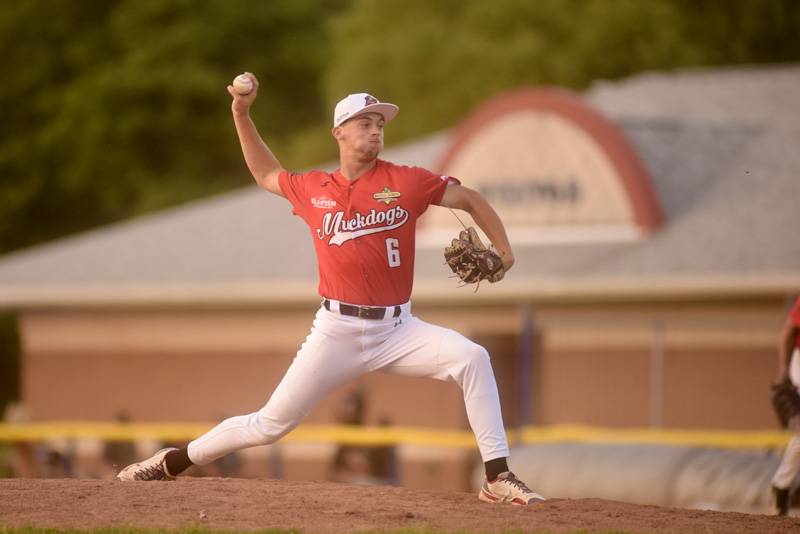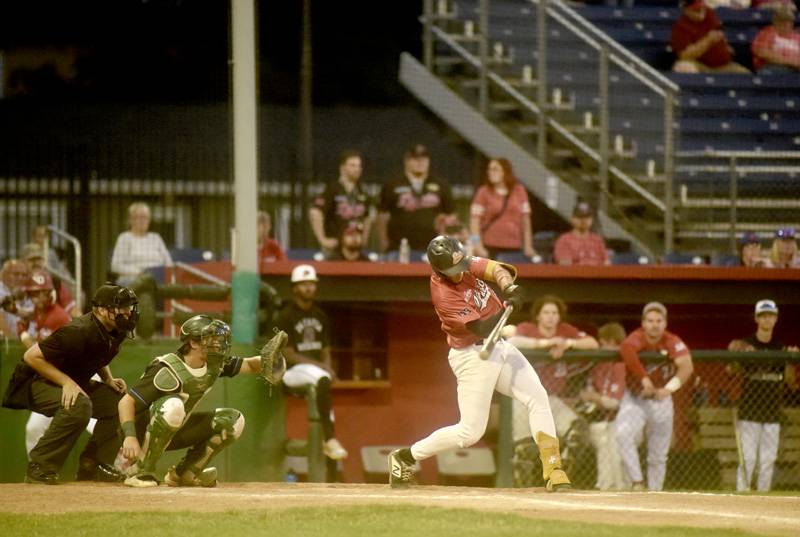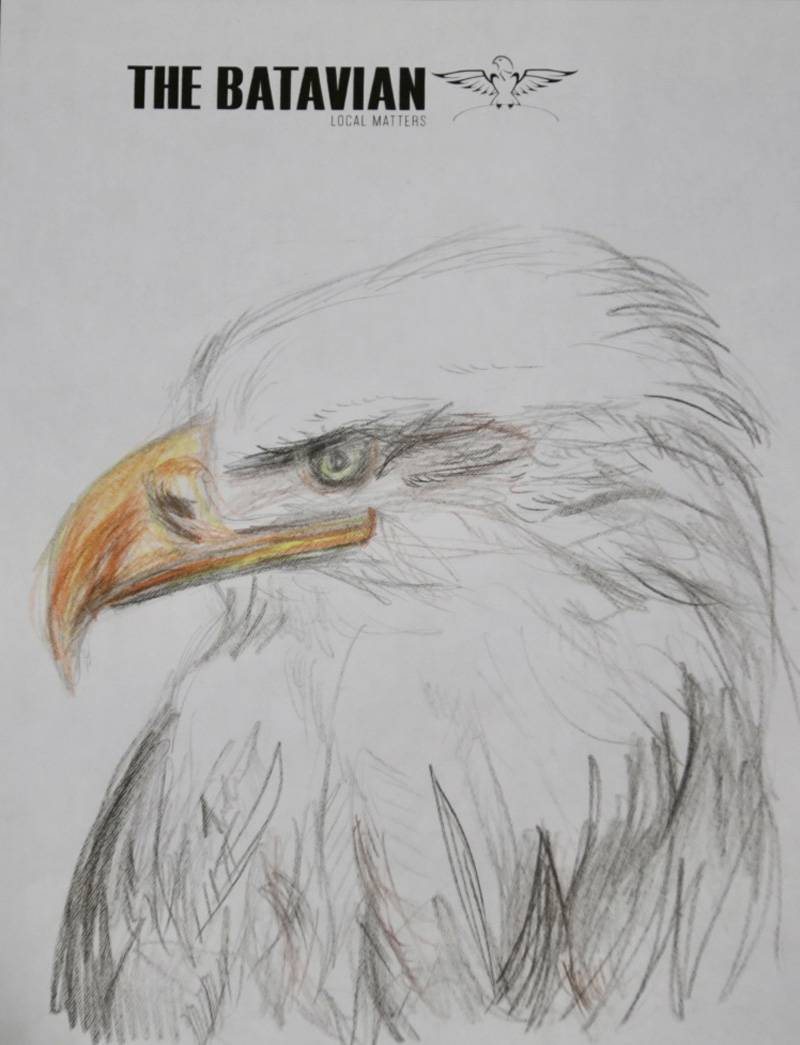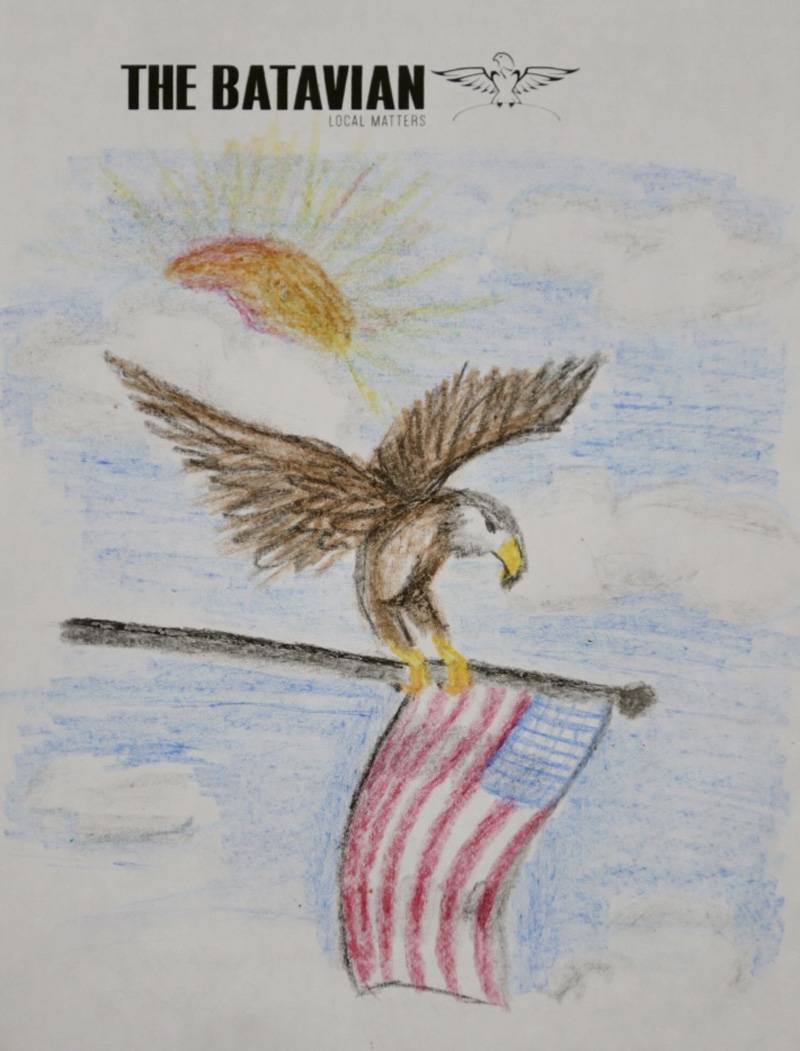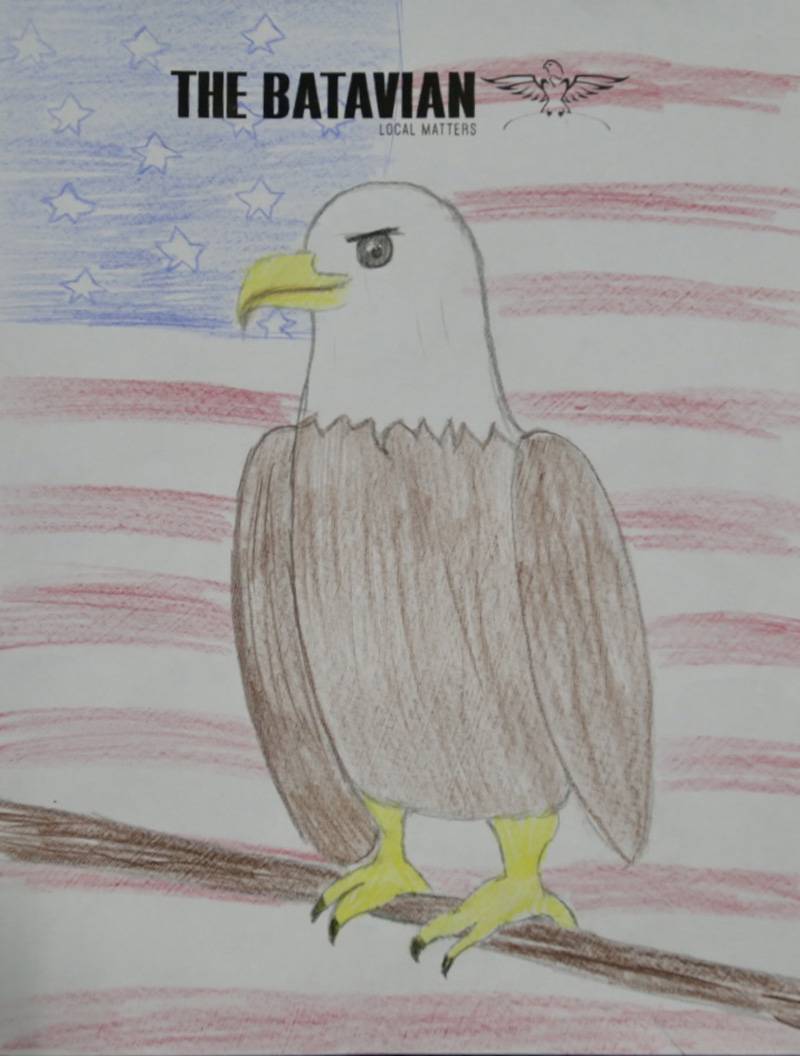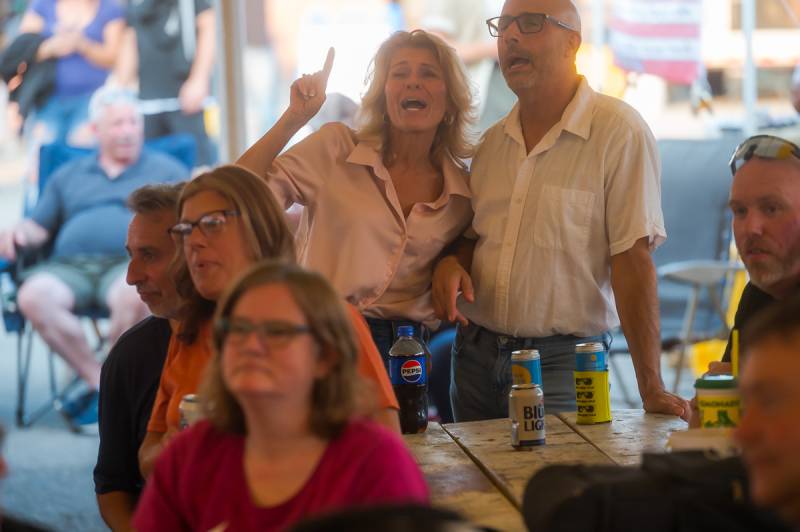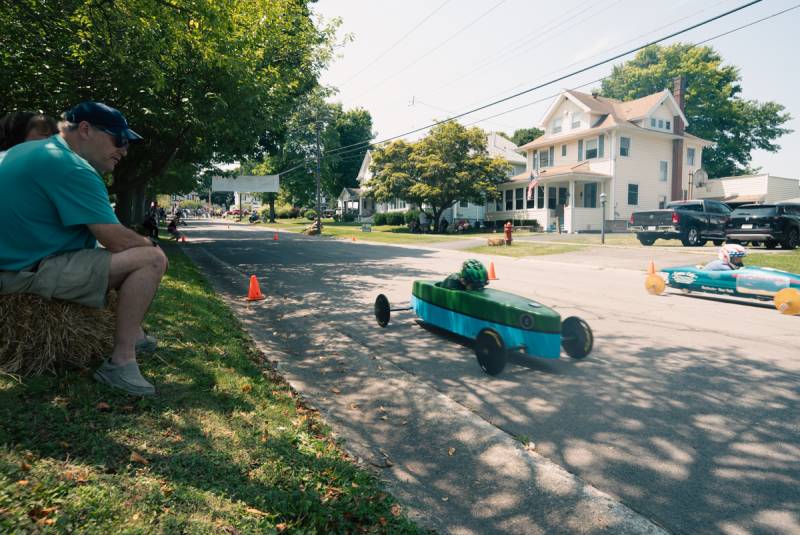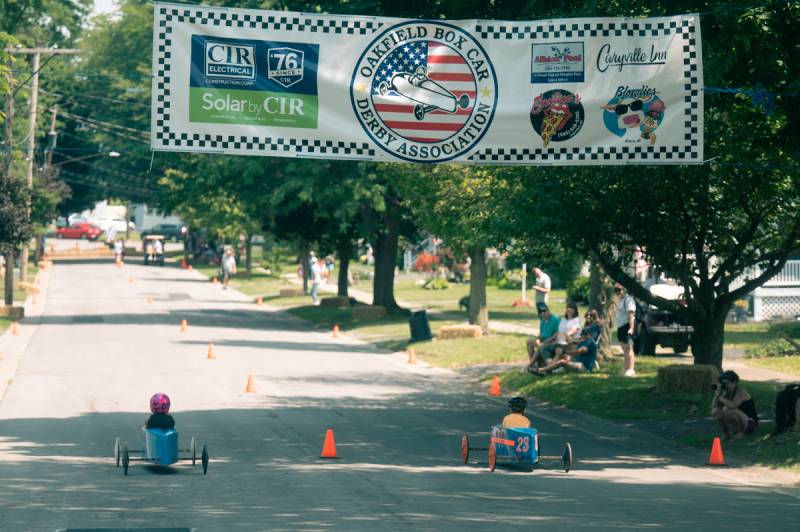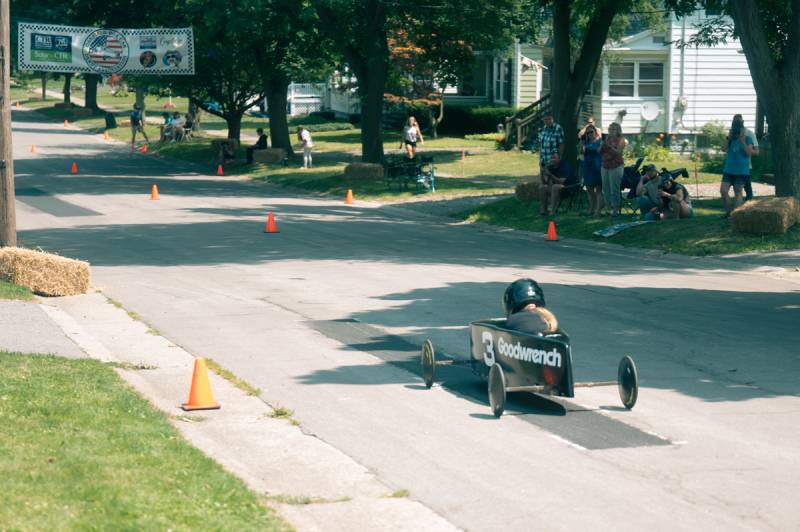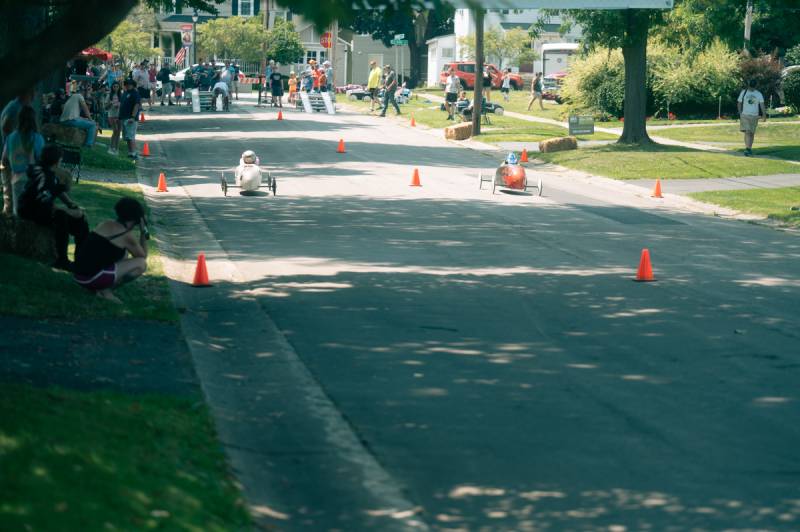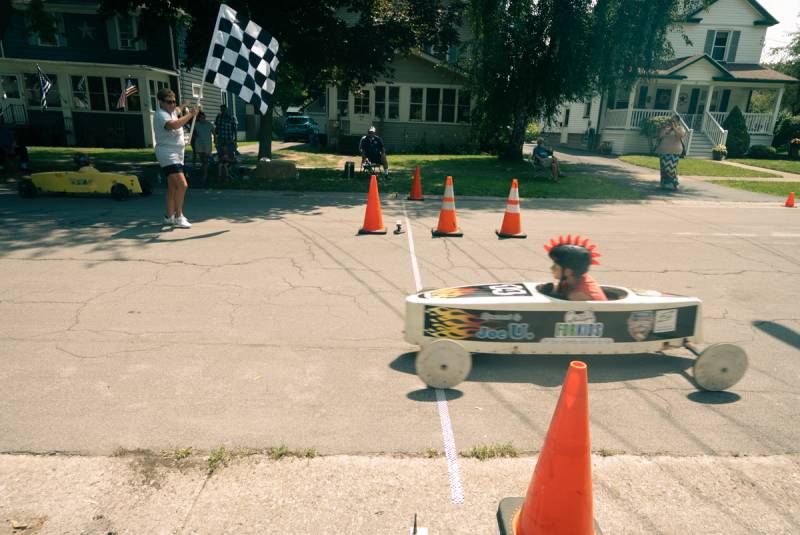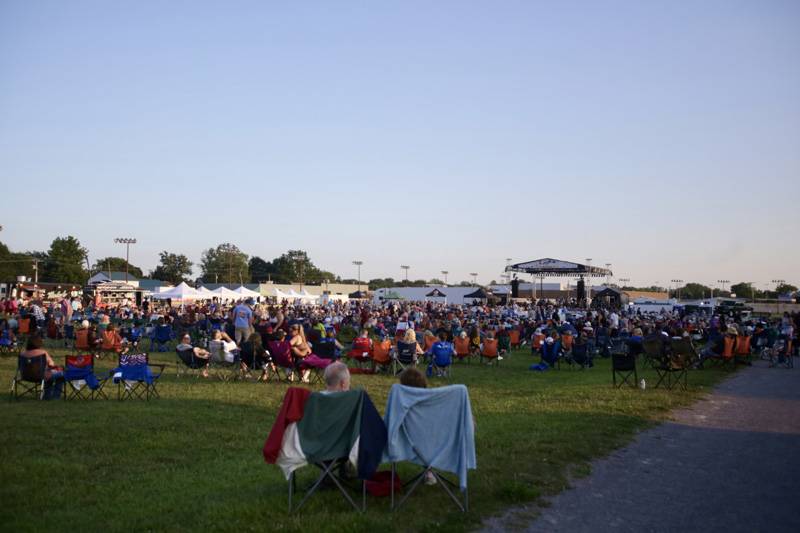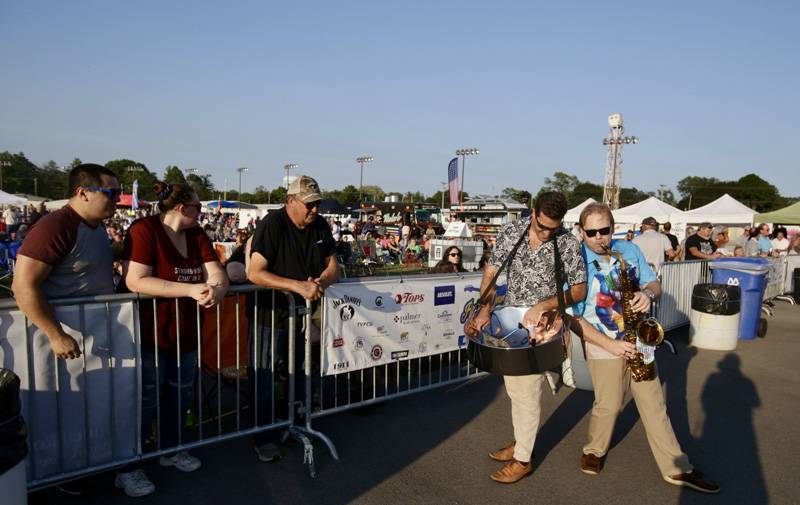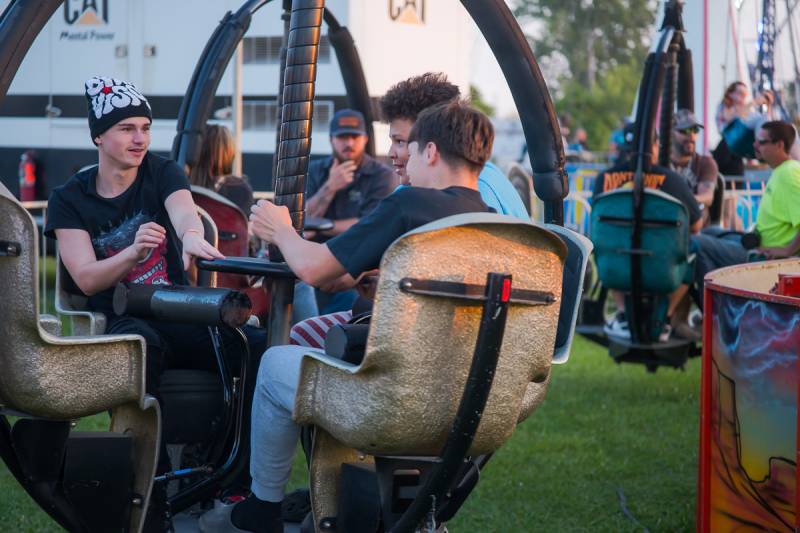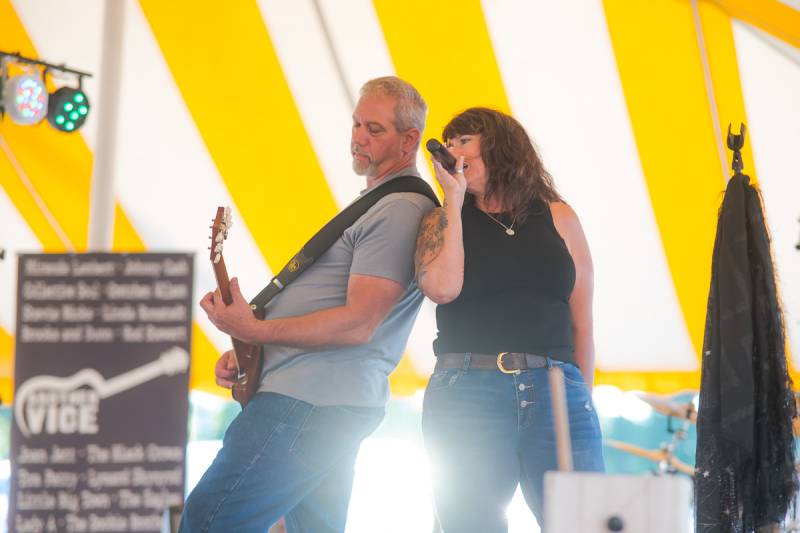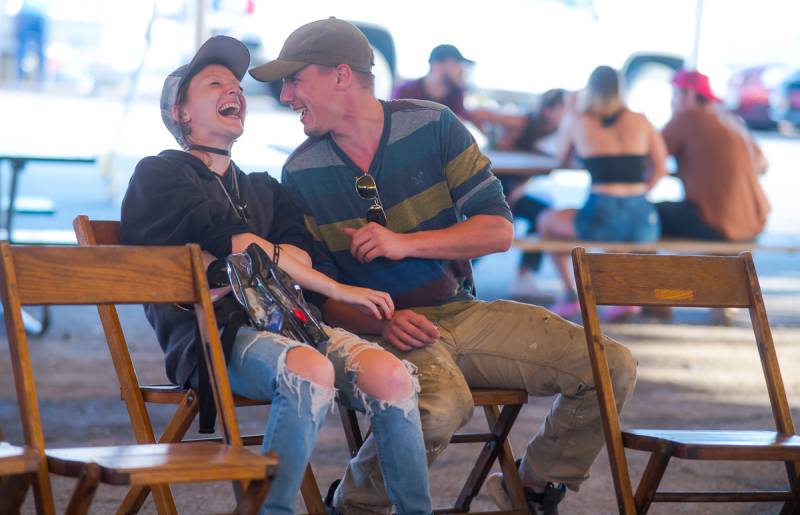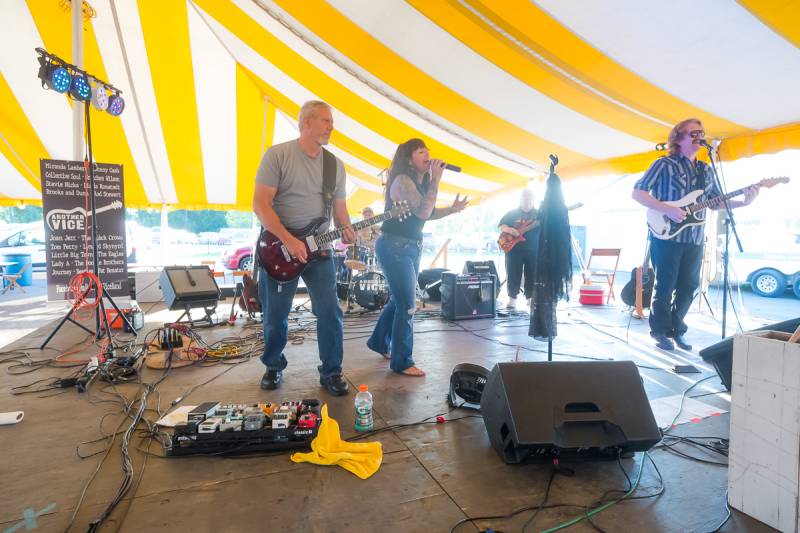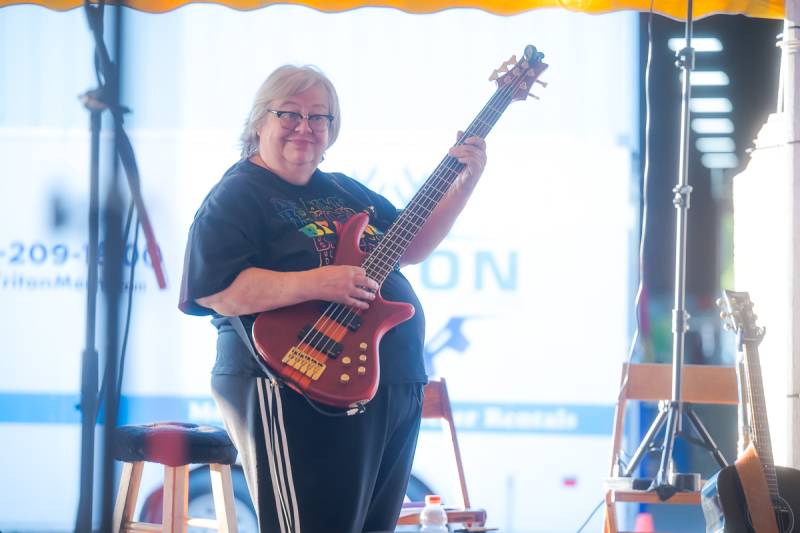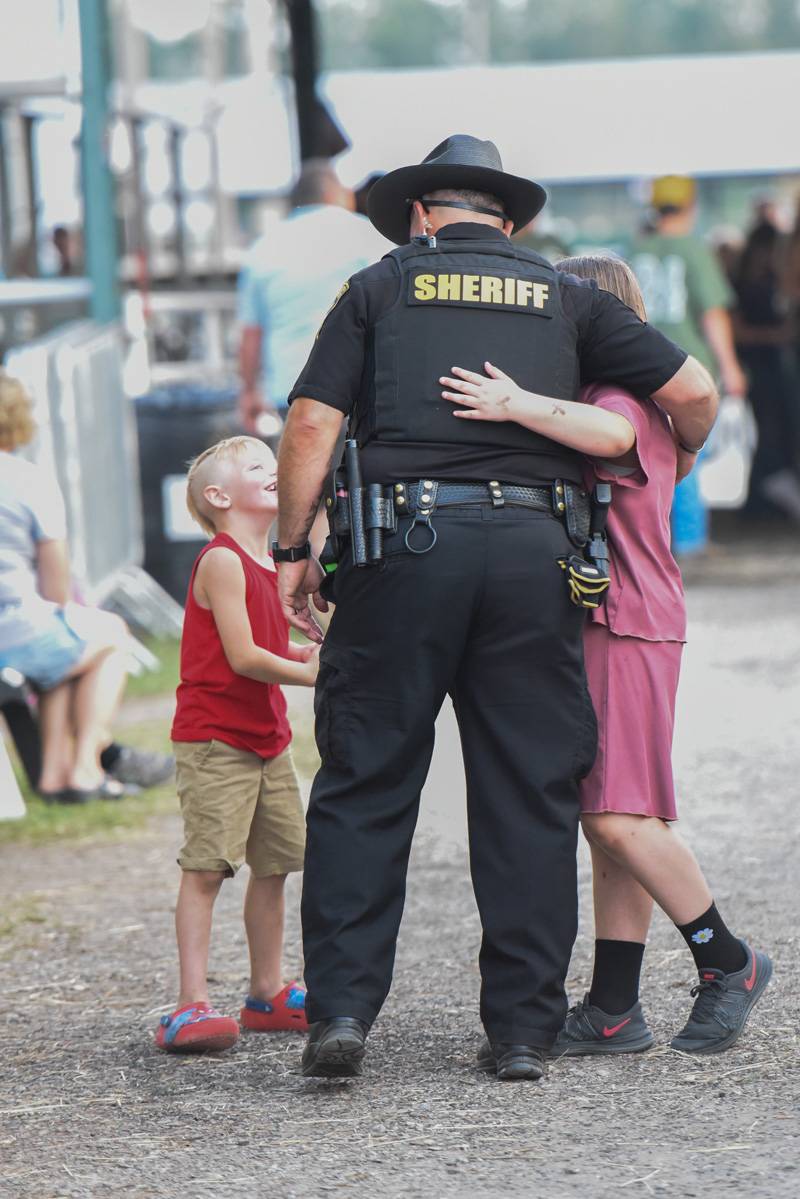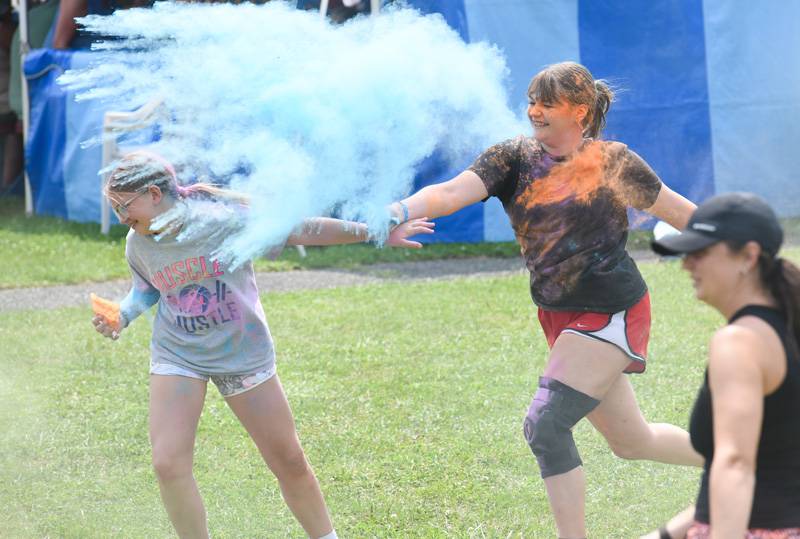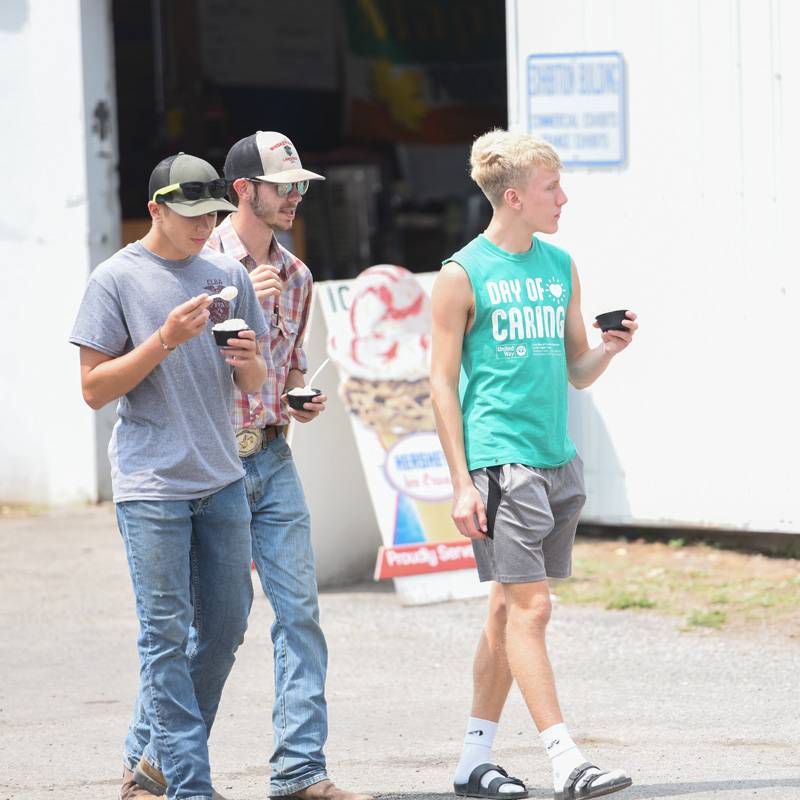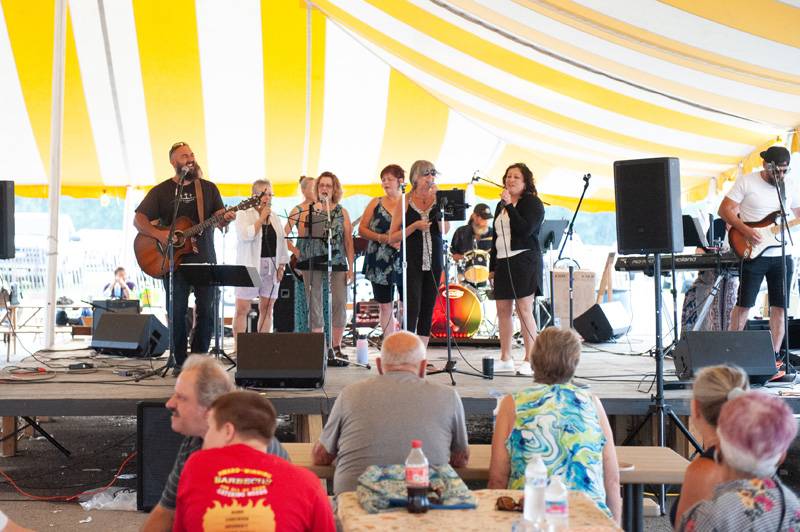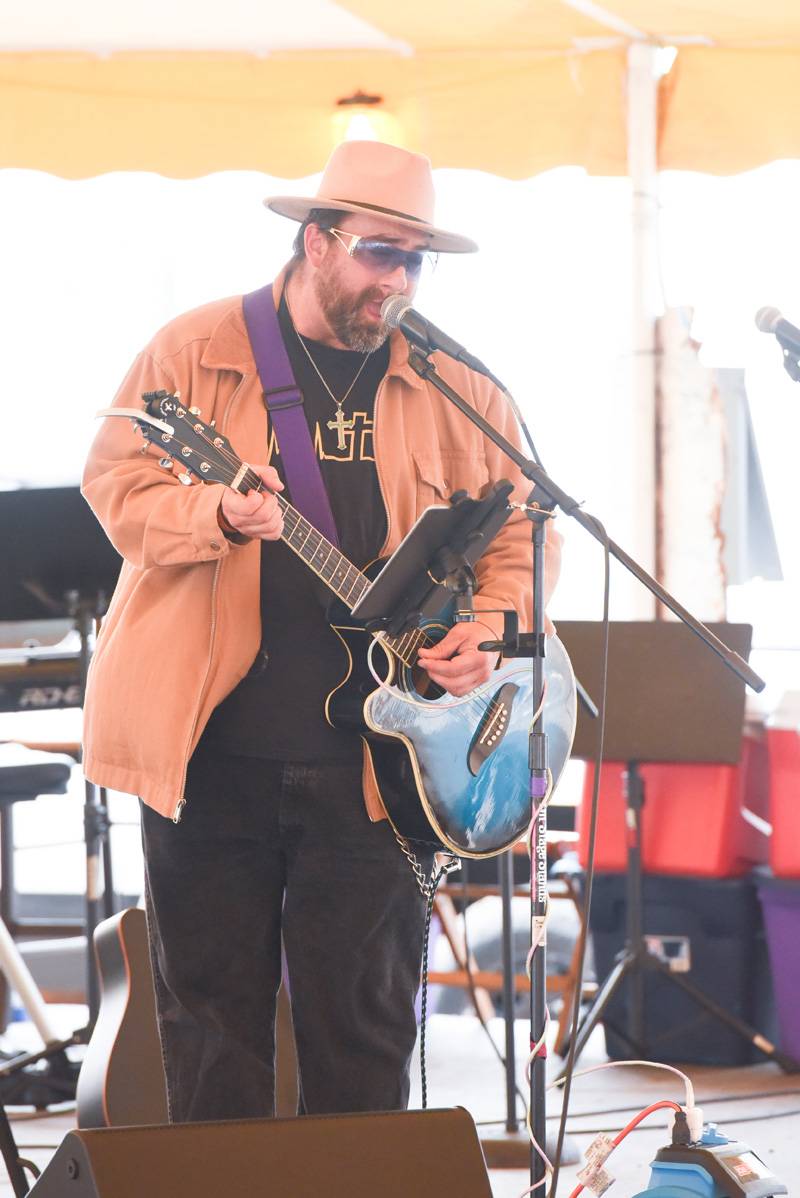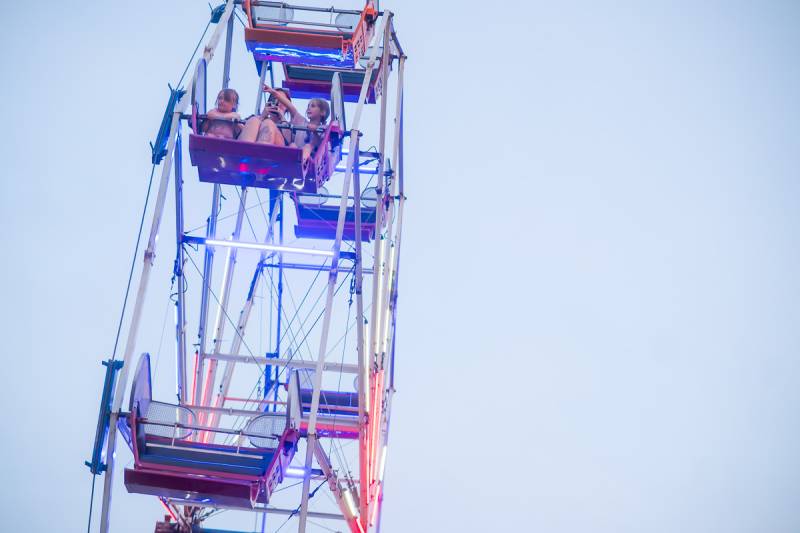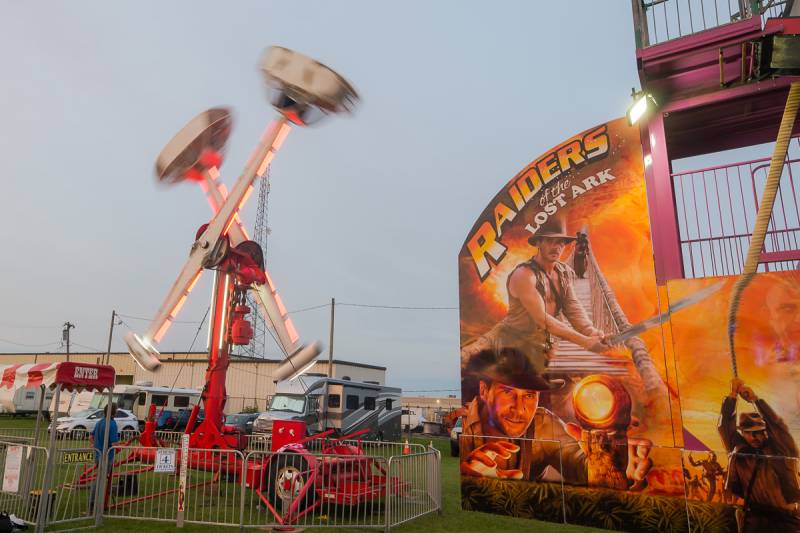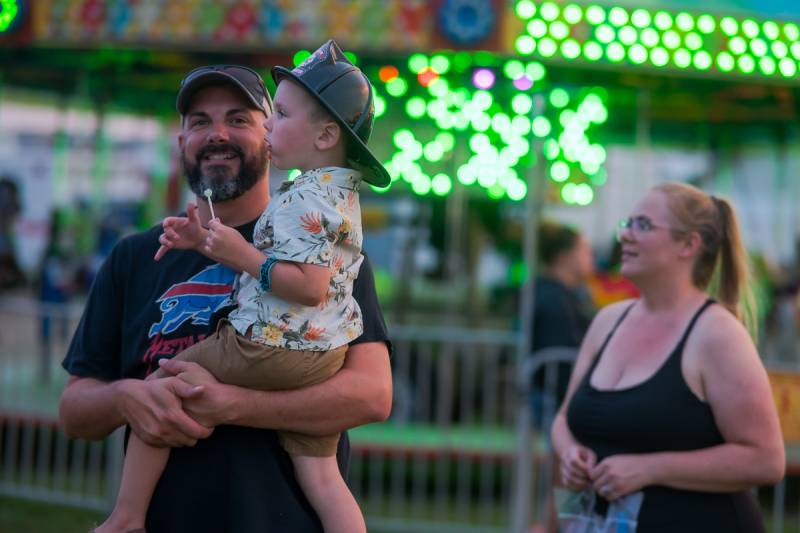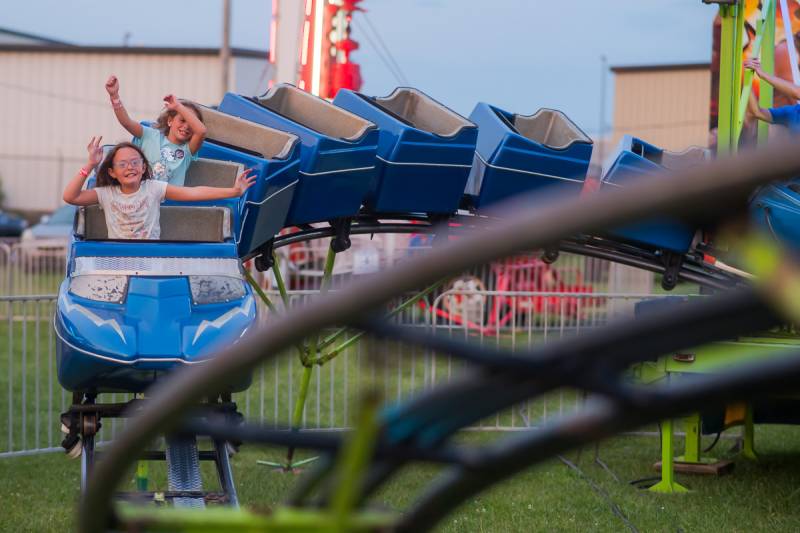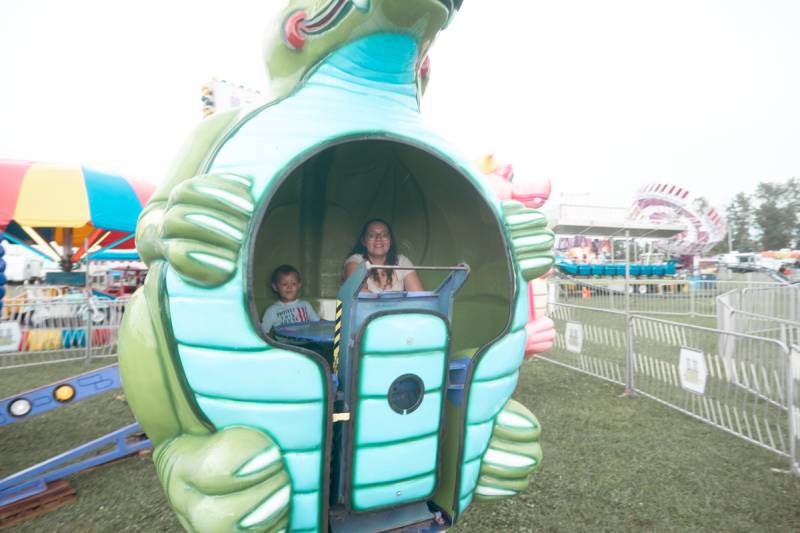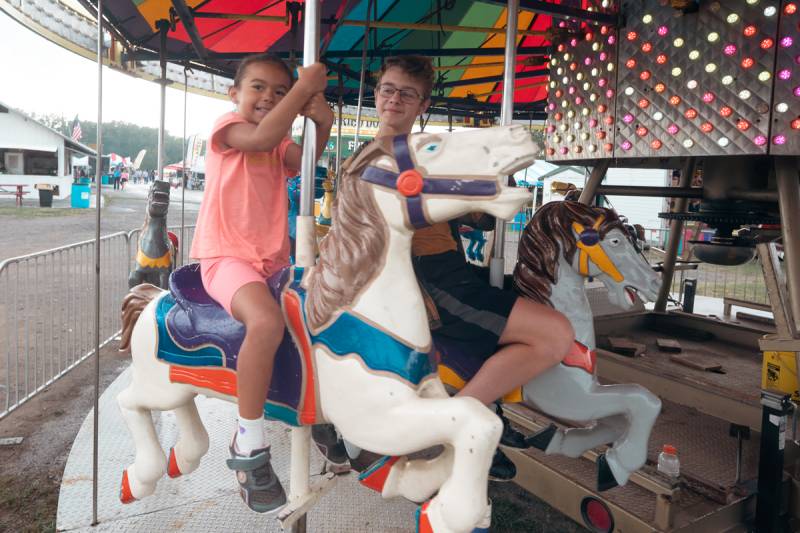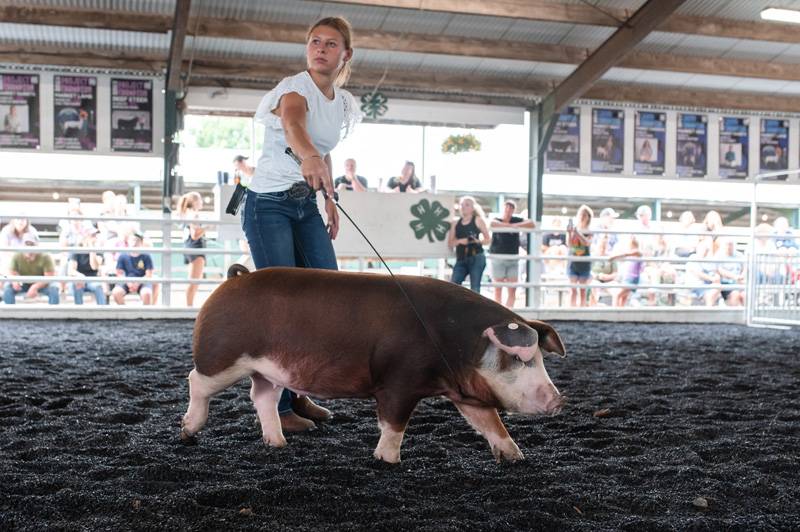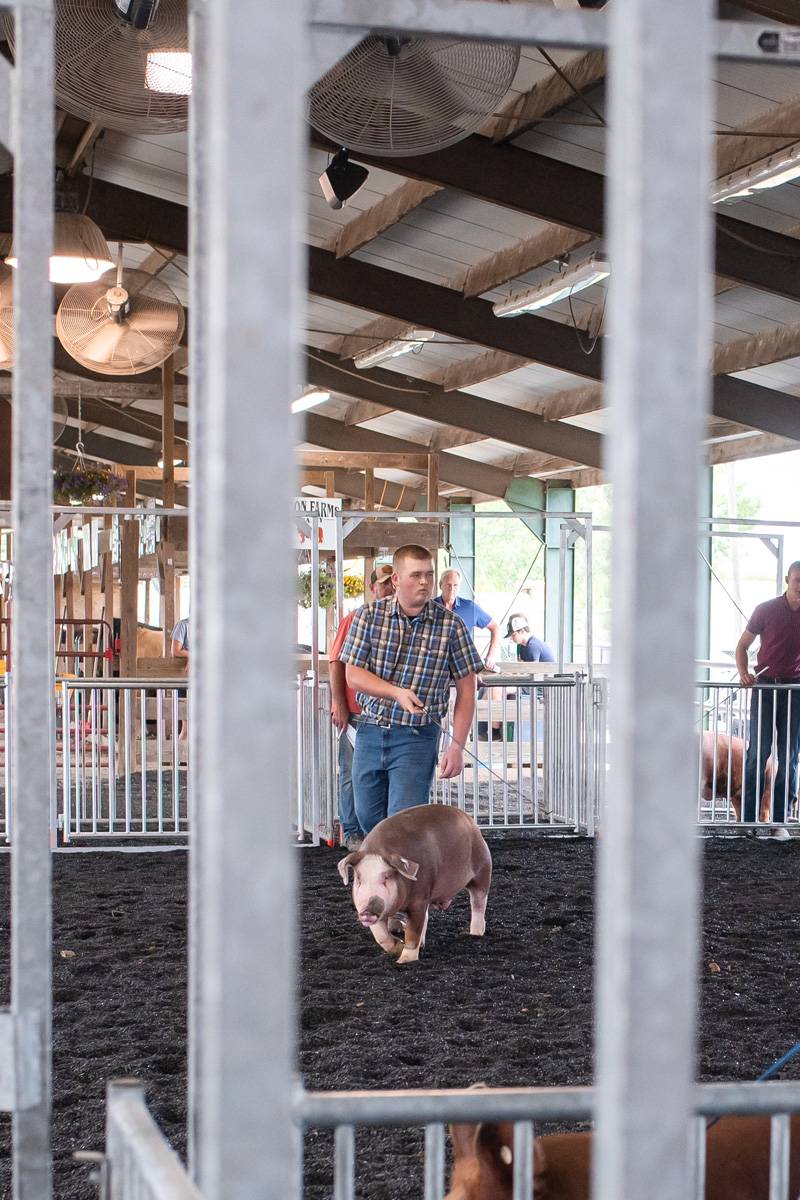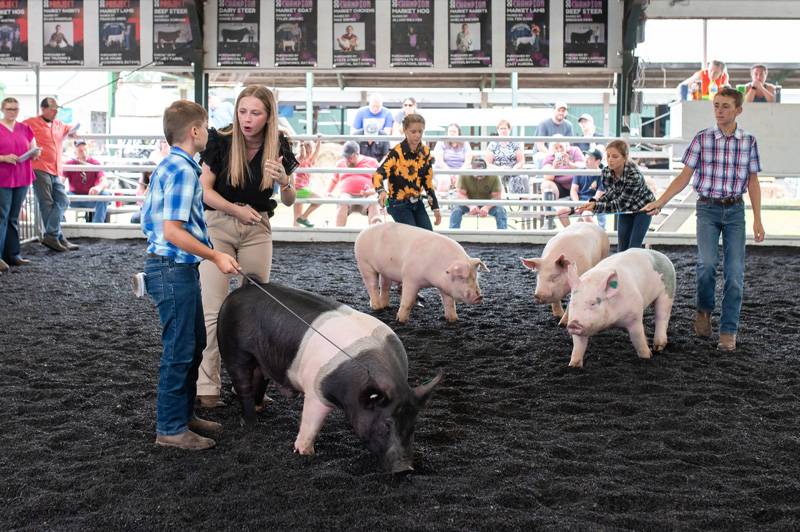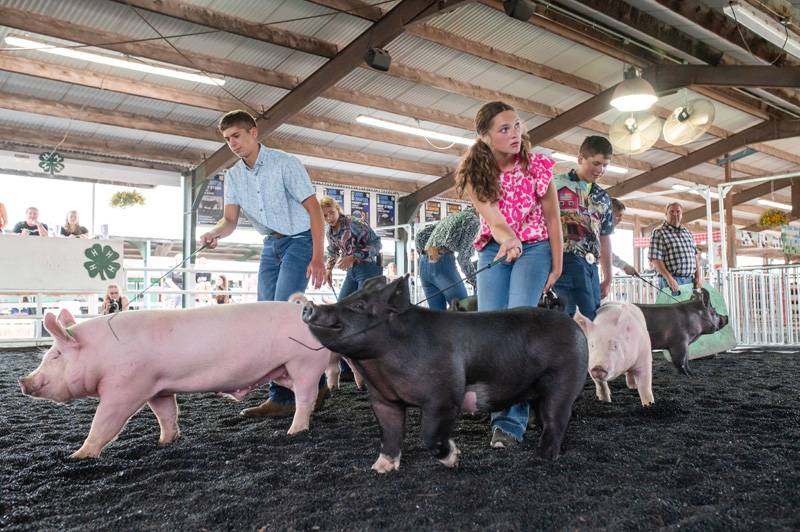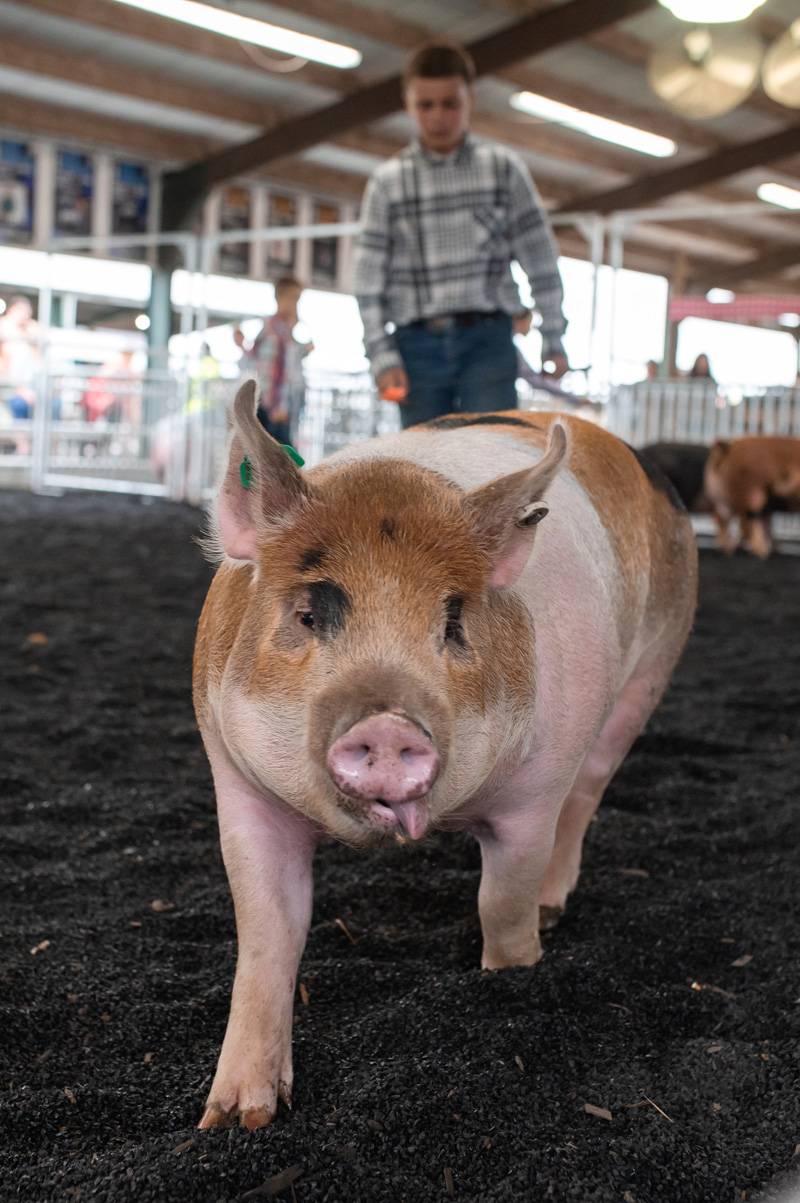Judge in Sanfratello death case considering defense motions
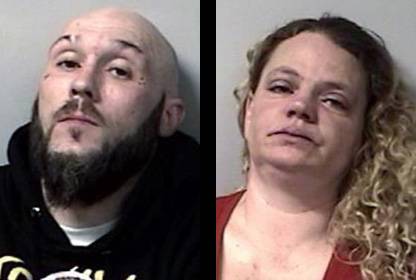
The legal particularities of what evidence may be used at trial were the focus on Wednesday of a pair of hearings for defendants implicated in the death of Sgt. Thomas A. Sanfratello during a confrontation at Batavia Downs on March 10.
At issue is the legal sufficiency of a 710.30 notice, which refers to a portion of Criminal Procedure Law requiring the prosecution to provide notice to the defense of statements made by defendants to public officers.
The defense argues that District Attorney Kevin Finnell didn't provide enough detail in the 710.30 notice to alert them to which statements of their clients captured by police officer body-worn cameras might be used at trial.
County Court Judge Donald O'Geen pressed them on whether the detail they requested was really necessary, given that they received all of the body-worn camera footage obtained by the DA's office. He questioned whether it was realistic for the DA to be completely sure of which statements he might use at this state of the proceedings.
Both attorneys argued that the notices required more detail.
Finnell argued that he might very well use all of the video in question at trial, so the notice he filed provided sufficient information for the defense to prepare for trial.
The defendants are Michael J. Elmore and Lyndsey J. Wilcox. Elmore is charged with multiple charges for his alleged attack on Sanfratello, including aggravated manslaughter in the first degree, and Wilcox also faces several charges, including burglary and assault (full list of charges at the end of this story).
Elmore is represented by Joseph A. Lobosco, and Wilcox is represented by Daniel Dubois and James Vacca.
The hearing on Wednesday morning was the next stage of the process that is likely to lead to criminal trials early next year for Elmore and possibly Wilcox (unless there is a plea agreement). At this stage, defense attorneys make motions, the people (prosecution) file their answering affidavits, then the judge hears limited oral arguments (the purpose of Wednesday's hearing) and then the judge reviews the motions and arguments and issues a ruling.
Lobosco also moved to dismiss the grand jury indictment against Elmore because, in his view, the DA asked too many leading questions (assertions rather than open-ended questions) during grand jury testimony.
"This tainted the entire grand jury process," Lobosco argued.
Finnell defended the grand jury testimony by noting that supposed leading questions were just drawing attention to portions of video and asking witnesses to affirm the accuracy of the video.
The other important issue for Dubois and Vacca in representing Wilcox was the validity of the burglary charge. The burglary charge is predicated on the assertion that a person remained unlawfully on private property after being asked to leave with the intent to commit another crime.
Vacca argued that a review of the surveillance video shows that Sanfratello confronted Elmore, Wilcox and a third party inside of Rush 34, one of the bars inside of Batavia Downs, and apparently informed them they needed to leave the facility. The video indicates Wilcox was cooperative and complying and is seen at one point, standing aside and laughing and joking with a female security guard. She then, he said, walks ahead of Sanfratello while being escorted out of the facility. Near the front door, there is, according to Vacca, an inadvertent brush of hands between Wilcox and Sanfratello.
Wilcox reacts to this and hits Sanfratello, so Sanfratello takes her to the ground and places her in handcuffs. It is after she is in cuffs that Elmore allegedly attacks Sanfratello.
Dubois argued that Wilcox should not be charged with assault based on the video evidence. That her actions constitution, at most, a violation of the harassment statute.
None of this, the attorneys argue, supports the assertion that Wilcox formed an intent to stay in the building in order to commit a crime.
Finnell countered that the action of Wilcox constituted resisting arrest and that her hitting Sanfratello became assault because he was a police officer conducting his official duties. He also argued that it isn't possible to know when Sanfratello's heart emergency, which eventually led to his death, started. It could have started, he said, during the confrontation with Wilcox.
O'Geen is expected to issue a ruling before the next court appearances for Elmore and Wilcox on Aug. 23.
Both defendants remain in custody.
Elmore was indicted by the Grand Jury on counts of:
- Aggravated manslaughter in the first degree, a Class B felony. He is accused of intending to cause serious physical injury to a police officer and, as result, causing the death of a police officer;
- Aggravated criminally negligent homicide, a Class C violent felony. He is accused of causing the death of Sanfratello with criminal negligence;
- Assault in the first degree, a Class B violent felony. Elmore is accused of causing the death of Sanfratello while in the commission of another crime, burglary in the second degree;
- Burglary in the second degree, a Class C violent felony. He is accused of knowingly entering a building unlawfully with the intent to commit a crime in the building and threatening to use or did use a dangerous instrument.
Elmore and Wilcox are indicted on counts of:
- Burglary in the second degree, a Class C violent felony. Elmore and Wilcox are accused of remaining unlawfully in a building with the intent to commit a crime in the building and, while in the building, causing serious physical injury to another person;
- Assault in the second degree, a Class D violent felony. Elmore and Wilcox are accused of causing physical injury to a police officer who was in the act of performing his official duties;
- Obstruction of governmental administration in the second degree, a Class A misdemeanor. The pair is accused of trying to intentionally prevent a police officer from performing his official duty by means of intimidation, physical force, or interference.

